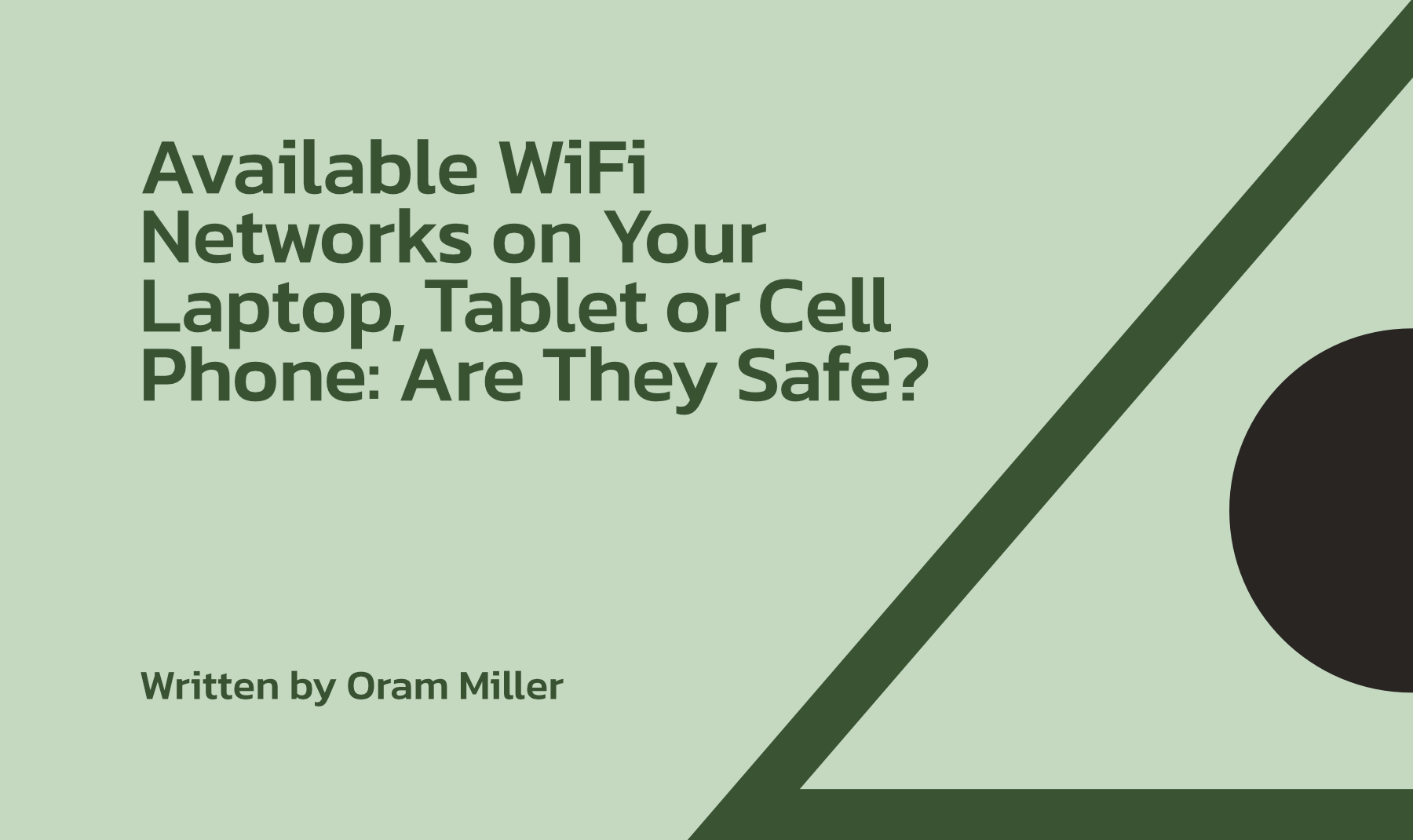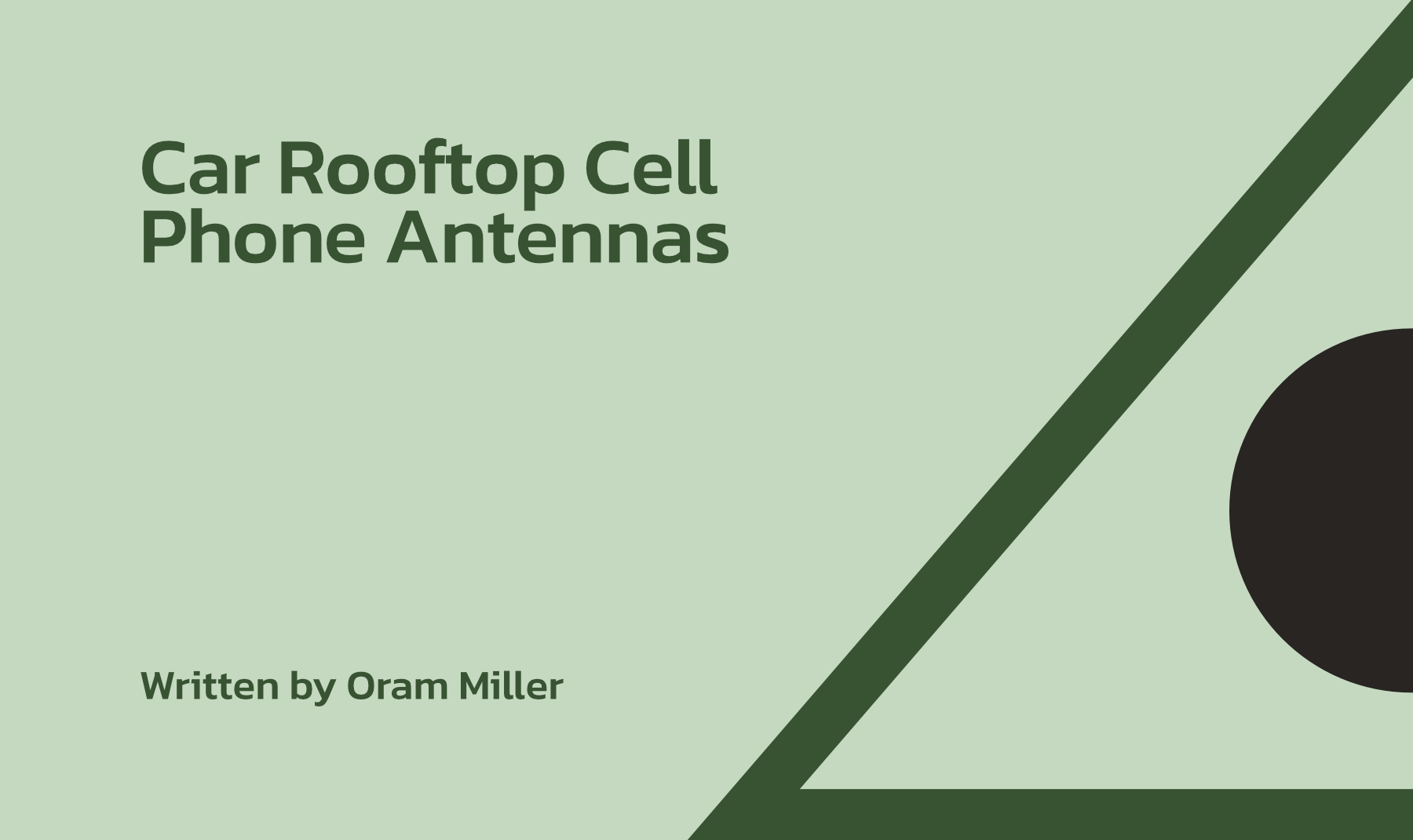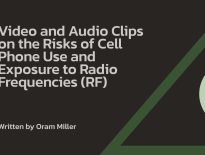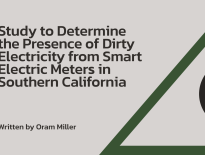Introduction
I have wanted for some time to write an article about this topic because I get so many questions and concerns about it. Here is the lowdown on what it means to see many networks (meaning routers) available to you when you check on your smart phone, tablet or laptop versus the harm they may pose to your health.
There is a vast difference between the number of networks showing up on your device and just how unhealthy they may be, at least for most people. The reason for this is because these wireless devices that we hold in our hands are engineered to connect to a distant signal even when it is extremely weak by building biology standards. Meaning, if you were to shut off the device that is detecting the networks so it is not broadcasting, my radio frequency (RF) meter would measure a very low RF level in the room. However, very weak RF signals from routers in neighbors’ houses get through that your smart phone, laptop or tablet can still connect to if your laptop is turned on and its Wi-Fi is enabled, but we would consider the strength of these signals to not be harmful.
We say that 10 microWatts per meter squared, or µW/m2, is the upper limit of the “Slight Anomaly” level for sleeping areas. That range goes down to 0.1 µW/m2. Below that, you are in the “No Anomaly” range. Go to Building Biology Safe Exposure Guidelines on my website by clicking here to see these values for yourself (click on the link on that page to download the PDF of the guidelines).
It turns out, however, that when a cell phone or tablet shows five bars of connectivity, the actual strength of the signal entering the room to produce those five bars can be as low as 0.01 µW/m2. This is ten times lower than the beginning of the No Anomaly range, which is 0.1 µW/m2, and one thousand times lower than the upper limit of the Slight Anomaly range, which is 10 µW/m2. We say 10 microWatts per meter squared of RF exposure is safe for healthy people in sleeping areas.
One or two bars means the signal is even weaker, down to as low as 0.000025 microWatts per meter squared. This is an extremely low level and is almost 100 times lower than five bars. That is many orders of magnitude lower than what we consider to be a safe level for all but the most electrically sensitive among us.
Yet, in most homes when you are within four or five feet of a typical router with Wi-Fi enabled, which many people have and think nothing of because everyone has them, I will measure thousands of microWatts per meter squared (µW/m2) of RF exposure. When you put a cordless telephone or a cell phone up to your ear or hold a tablet on your lap, which most people do on a daily basis, you are exposed to hundreds of thousands of microWatts per meter squared of potentially harmful RF exposure.
That is hundreds of times higher than what we consider to be the beginning of the Extreme Anomaly level of 1,000 microWatts per meter squared (yet it is well within the FCC’s safe exposure limits of 10 million microWatts per meter squared–see my Radio Frequency article). This means that most transmitters are many times more powerful than they need to be, but we want our connectivity.
The biggest problem is that radio waves are invisible, not like cigarette smoke fifty years ago that we could smell and see. We are all now so used to these wireless devices that we worry about the smart meter on the wall of our house or the cell tower down the street yet think nothing of the cell phone we keep in our pocket and the cordless telephone base unit (with the cord to the telephone jack in the wall) we have next to our bed, which is transmitting harmful radio frequencies 24/7 even when we end the call and put the handset back in its cradle. Baby monitors are like an ashtray with several burning, lit cigarettes right next to your baby’s crib, and the monitor is another ashtray right next to Mom on her nightstand or kitchen counter. Newer model baby monitors emit exceedingly high radio frequency levels.
So, let’s put this in perspective. Practically everyone these days has multiple wireless devices in their home, most of which emit RF signals continuously. Then there are the wireless boxes at your TV, the wireless thermostat, the Wi-Fi on your printer, baby monitors and the intermittent bursts of RF from laptops, tablets and cell phones. All of these signals pass out of your neighbor’s home and enter yours, but at a very low level by the time they reach you.
Remember the following characteristics about radio frequency signals: First of all, they decrease in intensity exponentially with distance as you move away from the source. That means, they are strongest within the first few feet, but their strength drops off somewhat quickly and tapers off at low levels as you move further away.
Second, plaster, sheetrock and stucco significantly block radio frequencies by absorbing them. So, the more walls you have between you and the router you are worried about, the lower the signal will be when it reaches your room or home.
The bottom line is, we don’t measure the safety of a room or home by how many Wi-Fi networks your laptop or cell phone can pick up and connect to. Most of them will show only one or two bars, anyway. We go by the reading on our radio frequency meter. If the levels are in the 3-4 microWatts per meter squared level or lower, which is often the case, we consider that to be a safe living and sleeping space for all but the most highly electrically hypersensitive. This is because 3-4 microWatts is well within the Slight Anomaly level for the bedroom even though your laptop, tablet or cell phone can detect several available networks in the neighborhood.
Also, bear in mind that once you turn on your wireless device, you have boosted the harmful radio frequency levels in your room ten thousand fold or more, putting you and your family at risk, just like first and second hand smoke. What potential harm does exist in homes most often comes from the wireless devices many of us use on a daily basis, not distant routers in another home that do not raise the RF level that I measure when you turn off your devices and we see what residual RF levels you have in your home.
Granted, if you are electrically hypersensitive, you are bothered even by these low levels and you will be shielding your room and home.
The only outside sources that do pose a problem would be if you, for instance, have a cell tower close enough to raise the RF level with all wireless devices turned off inside the room. You could also be in an apartment or condo and have a neighbor beside, above or below you with a Wi-Fi router or cordless telephone base unit. In those cases I will measure readings into the hundreds or thousands of microWatts per meter squared.
Then we have to make recommendations on shielding strategies for walls, ceiling, windows and floor. These are all discussed near the end of my Radio Frequency EMF article, accessed from the Articles on EMFs page by clicking here.
Conclusion
The bottom line is, don’t worry about how many networks you see in your neighborhood. Once we measure the RF levels and disable all the wireless devices within your home that are under your control and find hardwired alternatives for them, then we see what remains coming into your living space from outside your four walls (and maybe your ceiling and floor). If the RF levels on our RF meter are below 10 microWatts per meter squared at night and below 10-100 microWatts during the day and evening, you are in the Slight Anomaly range, which we feel is safe for most people.
Shielding can be effective when necessary, but first reduce and eliminate your exposure to the devices you do have control over. Remember, reduce use, increase distance, and favor hardwired connections whenever possible. Solutions are discussed in detail on my Safer Use of Computers page, accessed by clicking here.
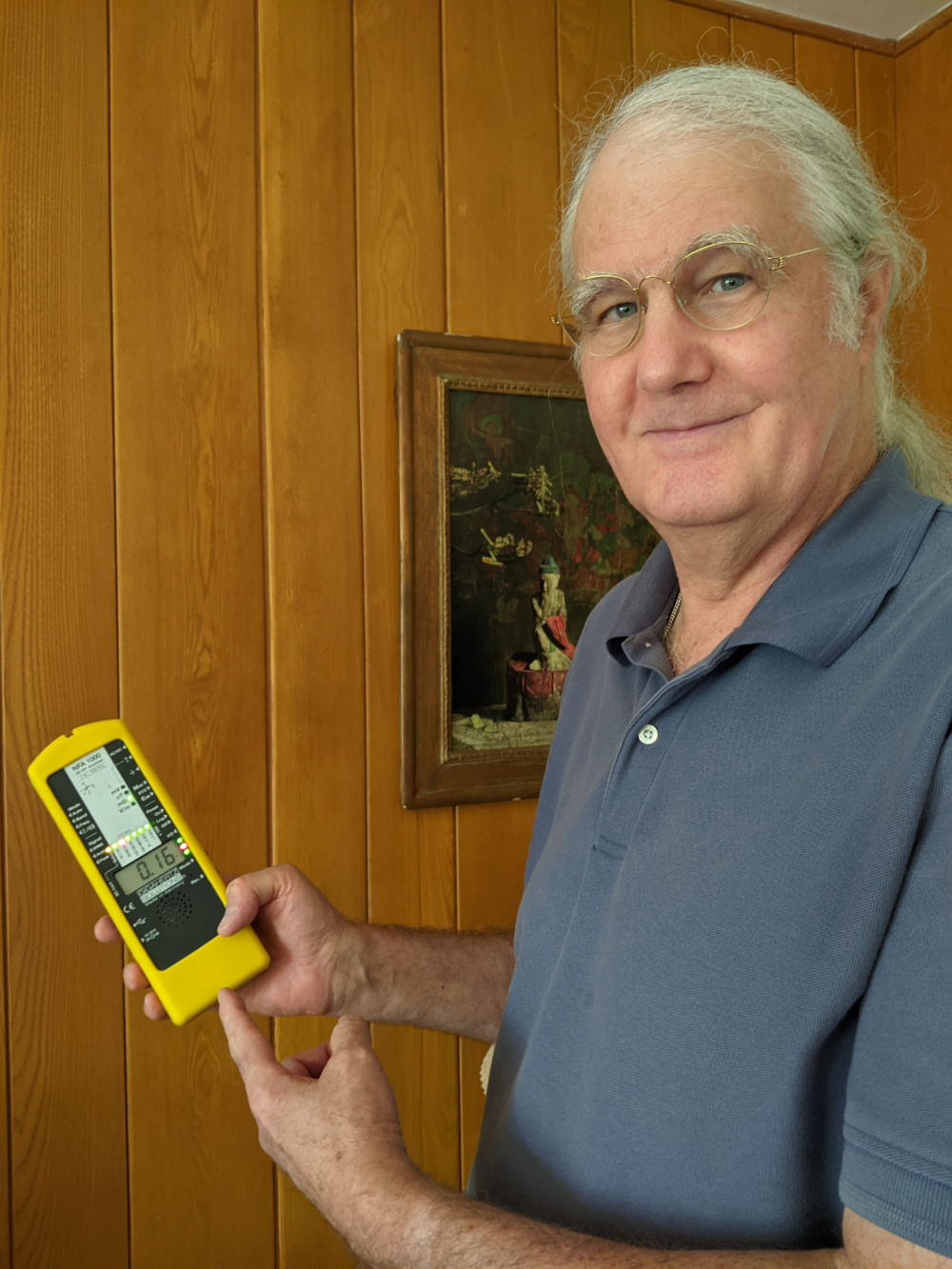
BBEC, EMRS, Certified Building Biology™ Environmental Consultant and Electromagnetic Radiation Specialist and Healthy New Building and Remodeling Consultant. Providing On-Site EMF Evaluations for Existing and New Homes and Offices in Los Angeles, Orange, Ventura, Riverside and San Diego Counties and Nationwide by Telephone and Skype. Based upon the principles of Building Biology™.
